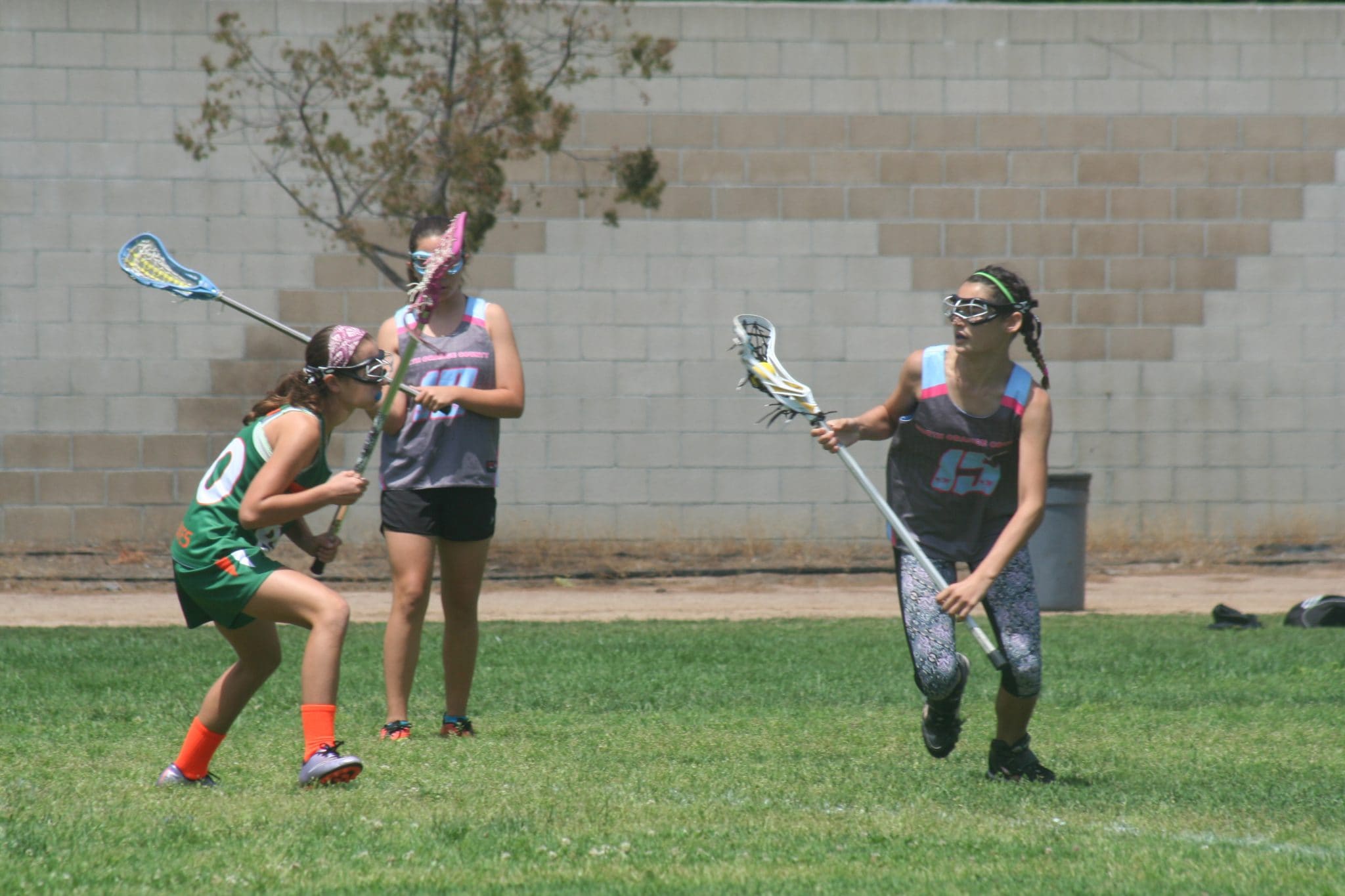
16 Jun Best Sports Drink: What is the Best Choice?
For the battle of best sports drink, in one corner stands water, in the other stands flavored sports beverages.
Just as athletes go head to head, these two heavyweights are competing for the designation of “best sports drink”.
Even good ol’ Charlie Brown wants to know, “what’s going to help me win?”
Is one better for pre-activity, during activity, or for post-activity?
Could there actually be other choices that seize the title?
Let the contest begin….
BEST SPORTS DRINK BEFORE ACTIVITY

Courtesy:http://www.gocomics.com/peanuts/2016/03/26
The Winner: Water just ahead of flavored sports beverages
Why: Water provides an inexpensive, readily accessible and low-calorie option. Cold water is better absorbed. For kids who won’t drink water and prefer something with taste, then flavored sports beverages are a sensible option. The American Academy of Pediatrics counsels against routine consumption of flavored sports beverages outside of sport activity. This is due to concerns over excessive sugar intake impacting dental health and body weight.
Guidelines for Use: The American College of Sports Medicine recommends these pre-exercise guidelines:
- Drink 16-20 ounces of fluid at least four hours before exercise.
- Drink 8-12 ounces of water 10-15 minutes before exercise.
Other Things to Consider: Dehydration can affect quality of exercise, ability to maintain body temperature, and lead to early fatigue and cramping. Watch body weight, especially in hot or humid environments and with multiple exercise sessions with short recovery periods. More than 2% weight loss from regular weight suggests dehydration. This requires adequate fluid intake (usually with water) to correct the reduction in body weight.
BEST SPORTS DRINK DURING ACTIVITY
The Winner: Kinda depends
Why: For most exercise activities that last under an hour, water is a very sensible choice. For exercise over an hour, water is still solid, but there is an increased role for flavored sports beverages. These beverages have carbohydrate and electrolytes to help replace sugar and salt losses. For “salty sweaters” (white salt rings on headgear/uniforms, sweat has distinct salt taste), flavored sports beverages can replace salt losses.
Guidelines for Use: Main Goal- use thirst as a guide
Here are suggestions from colleagues at the American College of Sports Medicine:
- Goal is to maintain fluid balance:
- Drink 3-8 ounces of water every 15- 20 minutes when exercising less than 60 minutes depending on tolerance
- Drink 3-8 ounces of sports beverage (5-8% carbohydrate with electrolytes) every 15-20 minutes depending on tolerance when exercising greater than 60 minutes
- Depending on tolerance: means use thirst as a guide. Never force athletes to drink fixed amounts of fluid
Other Things to Consider: Drinking too much water can be dangerous, especially in ultra-endurance activities lasting several hours. Excessive water without adequate salt intake can lead to low sodium levels in blood (hyponatremia) with risks of seizures, brain swelling and even death. Thus, many authorities recommend against rigid or forced consumption of water during ultra-endurance events such as marathons or triathlons.
BEST SPORTS DRINK AFTER ACTIVITY
The Winner: Neither
Why: Well, you actually cannot go wrong with water or measured amounts (again to reduce sugar/calorie burden) of flavored sports beverages after exercise. But if the ultimate goal is immediate (first 30 minutes after exercise) recovery including rehydration, then let me suggest some more favorable choices.
- Chocolate milk: not only provides adequate fluids for rehydration, but also scientifically supported ratios of carbohydrate to protein that enhance muscle repair and recovery. Also delivers calcium and Vitamin D which are important for bone health (especially for indoor sport athletes who often have reduced Vitamin D due to limited sun exposure). Almond, rice or soy-based chocolate milk can be used for those who don’t tolerate or are allergic to cow’s milk. There usually isn’t much objection to the sweet taste.
- Tart Cherry Juice: also provides necessary fluid intake with collateral benefits of anti-inflammatory properties that can reduce both immediate and delayed muscle soreness and stiffness. Might actually reduce need for non-steroidal anti-inflammatory medications (like ibuprofen) after exercise.
Guidelines for Use: One 8-12 ounce serving of chocolate milk or tart cherry juice within 30 minutes of completing activity. Can use similar amount of flavored sports beverage as well. Measure weight after activity. For every one pound of weight loss, recommend 16-24 ounces of fluid, of which water should be the primary component.
Other things to consider: In addition to chocolate milk, protein-rich foods such as peanut butter and Greek yogurt are helpful for muscle recovery. Berries and actual cherries are also good anti-inflammatory foods. Limit sugar-filled sports drinks or chocolate milk to the immediate post-exercise period, and also watch other high sugar content snacks after exercise.
More winning advice:
- Do not encourage sharing of containers (which can encourage sharing of illness)
- Serve beverages cold for better absorption.
